Home>Furniture & Design>Bathroom Accessories>How To Clean Your Plastic Shower Curtain
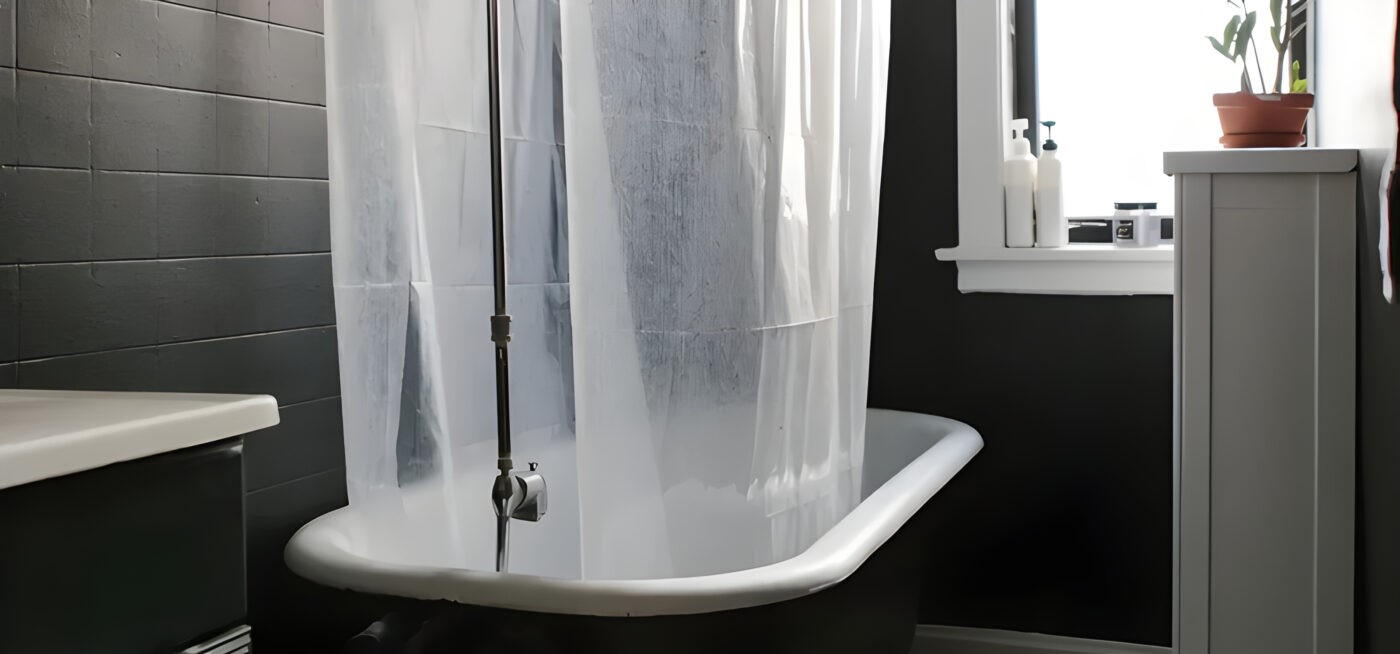

Bathroom Accessories
How To Clean Your Plastic Shower Curtain
Modified: September 1, 2024
Learn how to effectively clean your plastic shower curtain and keep your bathroom accessories looking fresh and new. Follow these simple tips for a sparkling clean bathroom.
(Many of the links in this article redirect to a specific reviewed product. Your purchase of these products through affiliate links helps to generate commission for Storables.com, at no extra cost. Learn more)
Introduction
Cleaning your plastic shower curtain may not be the most glamorous task, but it's an essential part of maintaining a fresh and hygienic bathroom. Over time, soap scum, mold, and mildew can build up on your shower curtain, leading to unsightly stains and unpleasant odors. Fortunately, with the right approach and a few simple supplies, you can easily restore your plastic shower curtain to its pristine condition.
In this comprehensive guide, we will walk you through the step-by-step process of cleaning your plastic shower curtain, ensuring that you can tackle this chore with confidence and efficiency. By following these instructions, you'll not only remove stubborn stains and odors but also extend the lifespan of your shower curtain, saving you money in the long run.
Whether you're dealing with mild discoloration or more stubborn mold and mildew, this guide will equip you with the knowledge and techniques needed to effectively clean your plastic shower curtain. With a little effort and the right approach, you can transform your shower curtain from grimy to gleaming, creating a more inviting and sanitary bathroom environment for you and your family.
So, roll up your sleeves and get ready to banish those stubborn stains and odors. With our expert tips and a can-do attitude, you'll have your plastic shower curtain looking as good as new in no time. Let's dive in and discover the simple yet effective methods for achieving a sparkling clean shower curtain.
Key Takeaways:
- Keep your plastic shower curtain clean and fresh by using mild detergent, baking soda, and white vinegar. Pre-treat stains, machine wash, and hang to dry for a sparkling result.
- Maintain a clean shower curtain by promoting ventilation, shaking and air drying, wiping down regularly, and using a squeegee. Periodically inspect and replace liners when needed.
Supplies Needed
To effectively clean your plastic shower curtain, you'll need a few basic supplies that are readily available and easy to use. Gathering these items before you begin the cleaning process will ensure that you have everything you need to tackle the task efficiently. Here's a list of the essential supplies you'll need:
-
Mild Detergent: Opt for a gentle, non-toxic detergent that is suitable for use on plastic materials. Avoid harsh chemicals that could potentially damage the shower curtain.
-
Baking Soda: This versatile household staple is a powerful cleaning agent that can help eliminate tough stains and odors from your plastic shower curtain.
-
White Vinegar: Known for its natural cleaning properties, white vinegar is an effective solution for combating mold, mildew, and soap scum on your shower curtain.
-
Soft Cloth or Sponge: Choose a soft, non-abrasive cloth or sponge to apply the cleaning solution to the shower curtain without causing damage to the plastic material.
-
Laundry Machine: Ensure access to a standard washing machine with a gentle cycle option for cleaning the shower curtain effectively.
-
Dryer or Clothesline: Depending on your preference, you'll need a dryer or clothesline to dry the shower curtain thoroughly after washing.
-
Optional: Bleach: If your shower curtain is heavily stained or has stubborn mold and mildew, you may consider using a small amount of bleach. However, exercise caution and follow safety guidelines when using bleach.
By having these supplies on hand, you'll be well-equipped to tackle the cleaning process with confidence. Each item plays a specific role in the cleaning and maintenance of your plastic shower curtain, ensuring that you can achieve optimal results without unnecessary hassle or inconvenience. With these supplies at your disposal, you're ready to embark on the journey to a cleaner, fresher shower curtain.
Step 1: Remove the Shower Curtain
Before diving into the cleaning process, the first step is to remove the plastic shower curtain from its hooks or rings. Start by carefully detaching the curtain from the hooks, ensuring that you handle it gently to prevent any damage or tearing. If the curtain is paired with a fabric liner, detach the liner as well, as it may also require cleaning.
Once the shower curtain is free from the hooks, take a moment to inspect it for any visible stains, mold, or mildew. This initial assessment will help you determine the level of cleaning required and identify specific areas that may need extra attention during the cleaning process.
After removing the shower curtain, it's a good idea to shake it gently to dislodge any loose debris or buildup. This simple step can help loosen surface dirt and prepare the curtain for the subsequent cleaning stages. If the curtain is particularly dirty or has stubborn stains, a quick shake can make a noticeable difference in the overall cleanliness of the material.
As you handle the shower curtain, be mindful of any delicate or embellished areas that may require special care during the cleaning process. Some shower curtains feature decorative elements or delicate patterns that need to be treated with caution to avoid damage. By taking note of these details during the removal process, you can ensure that the cleaning approach is tailored to the specific characteristics of your shower curtain.
Once the shower curtain has been successfully removed and inspected, you're ready to proceed to the next step in the cleaning process. With the curtain in hand, you can now move on to pre-treating stains and addressing any stubborn areas that require targeted cleaning attention. By following these systematic steps, you'll be well on your way to restoring your plastic shower curtain to its original, pristine condition.
Step 2: Pre-Treat Stains
Pre-treating stains is a crucial step in the process of cleaning a plastic shower curtain, especially when dealing with stubborn discoloration, mold, or mildew. By targeting specific areas of concern before proceeding with the overall cleaning, you can effectively loosen and lift tough stains, making the subsequent cleaning stages more efficient and successful.
To begin the pre-treatment process, start by identifying the areas of the shower curtain that exhibit noticeable stains, discoloration, or mildew growth. Common trouble spots include the bottom hem where water tends to accumulate, as well as areas near the folds or creases of the curtain. Additionally, any visible mold or mildew patches should be singled out for targeted pre-treatment.
Once the problematic areas have been identified, it's time to apply an effective pre-treatment solution. One popular and natural option is to create a paste using baking soda and water. This simple yet powerful mixture can be applied directly to the stained areas, forming a thick, paste-like consistency that adheres to the surface of the curtain. The alkaline nature of baking soda makes it an excellent agent for breaking down stains and odors, while its gentle abrasive properties aid in lifting stubborn residue.
Using a soft cloth or sponge, gently work the baking soda paste into the stained areas, ensuring thorough coverage and allowing the paste to penetrate the fabric. For particularly stubborn stains, a soft-bristled brush can be used to agitate the paste and target the affected areas more effectively. This gentle scrubbing action helps to loosen the stains and prepare the curtain for the next stage of the cleaning process.
In cases where mold or mildew is present, white vinegar can be a valuable pre-treatment solution. Known for its natural anti-fungal properties, white vinegar can effectively combat mold and mildew growth on plastic shower curtains. Simply apply undiluted white vinegar to the affected areas using a spray bottle or damp cloth, ensuring that the vinegar comes into direct contact with the problematic spots. Allow the vinegar to sit for a few minutes to penetrate the mold or mildew before proceeding to the next cleaning step.
By pre-treating stains with targeted solutions such as baking soda paste and white vinegar, you can effectively address specific areas of concern on your plastic shower curtain. This proactive approach sets the stage for a more thorough and successful cleaning process, ensuring that tough stains and discoloration are given the attention they require. With the pre-treatment stage complete, you're now ready to move on to the next phase of the cleaning process, which involves machine washing the shower curtain to achieve a comprehensive and lasting clean.
To clean your plastic shower curtain, remove it from the hooks and soak it in a mixture of warm water and mild detergent. Scrub any stubborn spots with a soft brush, then rinse and hang to dry.
Step 3: Machine Wash
After pre-treating the stains and addressing specific areas of concern on your plastic shower curtain, the next pivotal step in the cleaning process involves machine washing the curtain to achieve a comprehensive and lasting clean. This stage harnesses the power of a standard washing machine to thoroughly cleanse the curtain, removing embedded dirt, residual stains, and any remaining traces of mold or mildew.
To begin the machine washing process, place the plastic shower curtain, along with any accompanying fabric liner, into the washing machine. It's important to ensure that the curtain is the sole occupant of the machine during this cycle, as other items may interfere with the cleaning process or cause damage to the curtain.
When loading the curtain into the machine, consider adding a few white towels or soft cloths to the load. These additional items can act as gentle scrubbers, helping to agitate the curtain during the wash cycle and dislodge any remaining debris or stains. The presence of the towels can enhance the overall effectiveness of the cleaning process, ensuring that the curtain receives thorough and even cleaning.
Next, add a small amount of mild detergent to the washing machine. Opt for a gentle, non-toxic detergent that is suitable for use on plastic materials. Avoid using excessive amounts of detergent, as this can lead to excessive sudsing and make rinsing more challenging. A moderate quantity of detergent is sufficient to achieve a thorough clean without leaving behind residue.
Select a gentle or delicate cycle on the washing machine to ensure that the plastic shower curtain is treated with care during the cleaning process. Avoid using hot water, as high temperatures can potentially damage the plastic material. Instead, opt for a cool or lukewarm water temperature to safeguard the integrity of the curtain while effectively removing dirt and stains.
Once the washing machine settings are adjusted, initiate the cycle and allow the machine to complete the designated wash and rinse stages. Throughout the cycle, monitor the machine to ensure that the curtain is moving freely and evenly within the drum, avoiding any bunching or tangling that may impede the cleaning process.
Upon completion of the wash cycle, remove the plastic shower curtain from the machine and inspect it for any lingering stains or soapy residue. If necessary, run an additional rinse cycle to ensure that all detergent is thoroughly removed from the curtain, leaving it clean and free of any cleaning product residue.
By following these steps, you can effectively utilize the washing machine to cleanse your plastic shower curtain, ensuring that it emerges from the process fresh, spotless, and ready for the next stage of the cleaning process. With the machine washing stage complete, you're now prepared to move on to the crucial step of drying the shower curtain to achieve a pristine finish.
Step 4: Hang to Dry
After the machine washing process, the next essential step in cleaning your plastic shower curtain is to hang it to dry thoroughly. Proper drying is crucial to prevent the formation of mildew and ensure that the curtain is ready to be rehung in your bathroom. By following the correct drying procedures, you can maintain the integrity of the plastic material and achieve a pristine, odor-free result.
To begin the drying process, carefully remove the shower curtain from the washing machine and gently shake it to remove any excess water. It's important to handle the curtain with care to avoid stretching or damaging the material. Once excess water has been removed, proceed to the designated drying area, which can be either an outdoor clothesline or a suitable indoor space.
If you opt for outdoor drying, select a well-ventilated area that receives ample sunlight. Sunlight not only aids in drying the curtain efficiently but also helps to naturally disinfect and deodorize the material. Before hanging the curtain, ensure that the clothesline is clean and free of debris to prevent any transfer of dirt or stains to the freshly washed curtain.
When hanging the shower curtain, use rust-resistant plastic or metal hooks to secure it to the clothesline. Ensure that the curtain is evenly spread out to promote uniform drying and prevent the formation of wrinkles. If the curtain is accompanied by a fabric liner, it should also be hung separately to facilitate thorough drying.
In the absence of outdoor drying space, an indoor drying rack or shower curtain rod can serve as an effective alternative. Position the drying rack in a well-ventilated area with sufficient airflow to expedite the drying process. If using a shower curtain rod, spread the curtain evenly along the length of the rod, allowing it to hang freely without bunching or overlapping.
Throughout the drying period, periodically check the curtain for any lingering moisture or damp spots. Gently pat the surface with a clean, dry cloth to absorb excess moisture and promote even drying. Depending on the climate and humidity levels, the drying process may take several hours to complete, so exercise patience and allow adequate time for the curtain to dry thoroughly.
Once the shower curtain is completely dry to the touch, visually inspect it for any remaining moisture or signs of dampness. Ensure that both sides of the curtain are dry, as trapped moisture can lead to mildew growth and compromise the cleanliness of the material. By adhering to these drying guidelines, you can effectively prepare your plastic shower curtain for the final step of rehanging it in your bathroom.
With the drying process successfully completed, your plastic shower curtain is now fresh, clean, and ready to be reinstalled in your bathroom. By following these meticulous drying procedures, you can ensure that your shower curtain maintains its integrity and cleanliness, providing you with a hygienic and inviting bathing environment.
Step 5: Rehang the Shower Curtain
With your freshly cleaned and thoroughly dried plastic shower curtain in hand, it's time to rehang it in your bathroom, completing the revitalization process. The rehanging step is crucial to not only restoring the functionality of your shower but also showcasing the fruits of your cleaning efforts. By following these simple yet essential guidelines, you can ensure that your shower curtain is reinstalled with care and precision, ready to adorn your bathing space once again.
To begin the rehanging process, gather the necessary hooks or rings that will secure the shower curtain to the rod. Ensure that the hooks are clean and free of any residual grime or soap scum to prevent contamination of the freshly cleaned curtain. If the hooks show signs of buildup, take a moment to wipe them down with a mild detergent solution and a soft cloth before proceeding.
Next, position yourself near the shower or bathtub area, ready to affix the shower curtain to the rod. If the curtain is accompanied by a fabric liner, ensure that both the curtain and liner are within reach, as they may need to be rehung simultaneously for a cohesive and functional setup.
Carefully align the holes or grommets of the shower curtain with the hooks or rings on the rod, ensuring that the curtain is evenly distributed along the length of the rod. As you guide the curtain onto the hooks, maintain a gentle and deliberate approach to prevent any strain on the material or the risk of tearing.
If the curtain features decorative elements or embellishments, take care to position them evenly and symmetrically as you rehang the curtain. This attention to detail can enhance the visual appeal of the curtain and contribute to a polished and cohesive bathroom aesthetic.
Once the shower curtain is securely attached to the rod, take a step back to assess its positioning and overall appearance. Ensure that the curtain hangs evenly and does not bunch or overlap, as this can detract from its functionality and visual appeal. Make any necessary adjustments to achieve a balanced and neatly arranged presentation.
If a fabric liner accompanies the shower curtain, hang it in a manner that allows it to overlap the curtain slightly, ensuring that it effectively contains water and prevents splashing outside the bathing area. The liner should complement the curtain, creating a cohesive and practical barrier for your shower or bathtub.
With the shower curtain and liner successfully rehung, take a moment to admire your handiwork and appreciate the transformation that has taken place. The clean, fresh appearance of the curtain not only enhances the visual appeal of your bathroom but also contributes to a hygienic and inviting bathing environment for you and your family.
By following these rehanging guidelines, you can complete the cleaning process with finesse, ensuring that your plastic shower curtain is reinstated with care and attention to detail. With the curtain proudly adorning your bathing space once again, you can revel in the satisfaction of a job well done, knowing that your efforts have contributed to a cleaner, more welcoming bathroom environment.
Tips for Maintaining a Clean Shower Curtain
Maintaining a clean shower curtain is not only about the periodic cleaning process but also involves proactive measures to prevent the buildup of mold, mildew, and soap scum. By incorporating simple yet effective strategies into your bathroom routine, you can prolong the cleanliness and freshness of your plastic shower curtain, reducing the frequency of deep cleaning and ensuring a consistently inviting bathing environment. Here are some valuable tips for maintaining a clean shower curtain:
-
Regular Ventilation: After each shower, ensure that the bathroom is well-ventilated to allow moisture to dissipate effectively. Use an exhaust fan or open a window to promote air circulation, preventing the accumulation of dampness that can contribute to mold and mildew growth on the shower curtain.
-
Shake and Air Dry: After showering, give the shower curtain a quick shake to remove excess water and encourage faster drying. Leave the curtain fully extended to air dry, minimizing the retention of moisture and reducing the likelihood of mold and mildew formation.
-
Wipe Down: Periodically wipe down the shower curtain with a damp cloth or sponge to remove any surface buildup of soap scum or mineral deposits. This simple maintenance task can prevent the accumulation of stubborn stains and prolong the intervals between thorough cleanings.
-
Avoid Clutter: Keep the area around the shower and bathtub free of excessive clutter, as items such as shampoo bottles and loofahs can trap moisture and impede airflow, creating an environment conducive to mold and mildew. Clearing the space around the shower curtain promotes efficient drying and reduces the risk of microbial growth.
-
Use a Squeegee: Consider using a squeegee to remove excess water from the shower curtain after each use. Running a squeegee along the surface of the curtain can minimize water droplets and aid in maintaining a drier, cleaner curtain between washings.
-
Regular Inspections: Periodically inspect the shower curtain for early signs of mold, mildew, or discoloration. By catching these issues early, you can address them promptly and prevent them from escalating into more challenging cleaning tasks.
-
Replace Liners When Needed: If your shower curtain is accompanied by a fabric liner, consider replacing it when signs of wear or discoloration become apparent. A fresh liner can contribute to a cleaner and more hygienic shower environment.
By incorporating these maintenance tips into your bathroom routine, you can extend the cleanliness and longevity of your plastic shower curtain, reducing the frequency of deep cleanings and ensuring a consistently fresh and inviting bathing space. With these proactive measures in place, you can enjoy a cleaner, more hygienic shower curtain and a more pleasant overall bathing experience.
Frequently Asked Questions about How To Clean Your Plastic Shower Curtain
Was this page helpful?
At Storables.com, we guarantee accurate and reliable information. Our content, validated by Expert Board Contributors, is crafted following stringent Editorial Policies. We're committed to providing you with well-researched, expert-backed insights for all your informational needs.

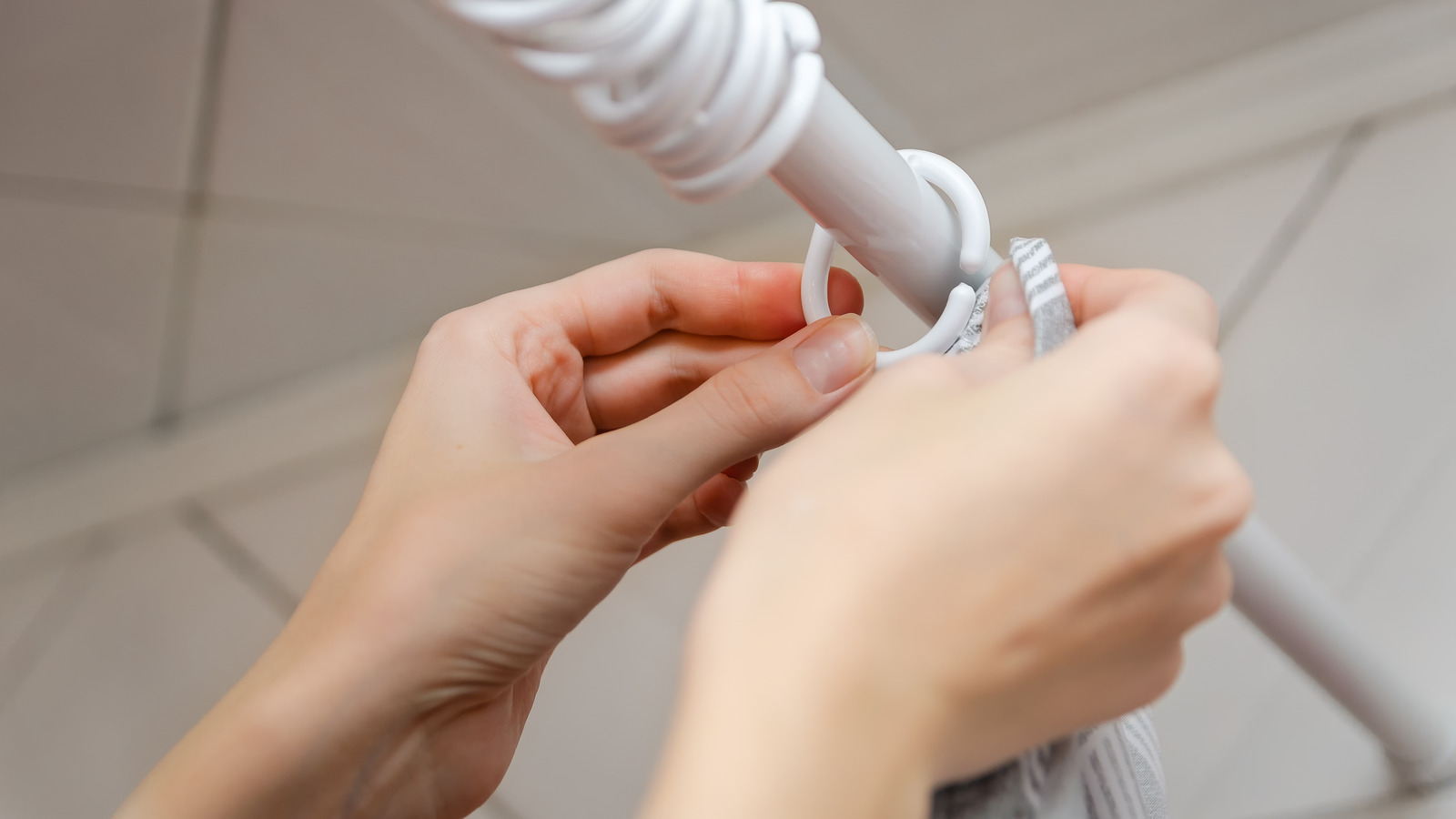
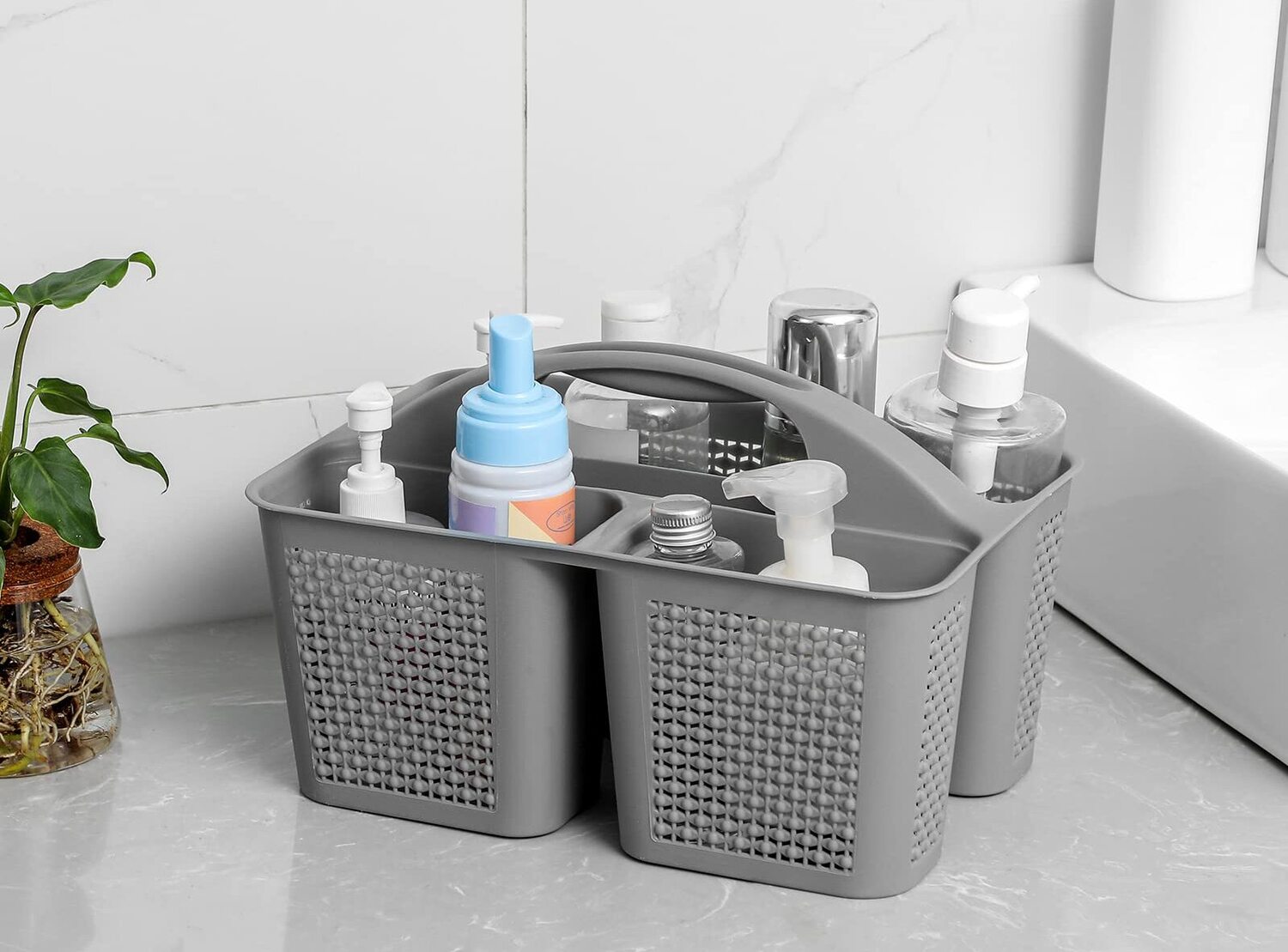
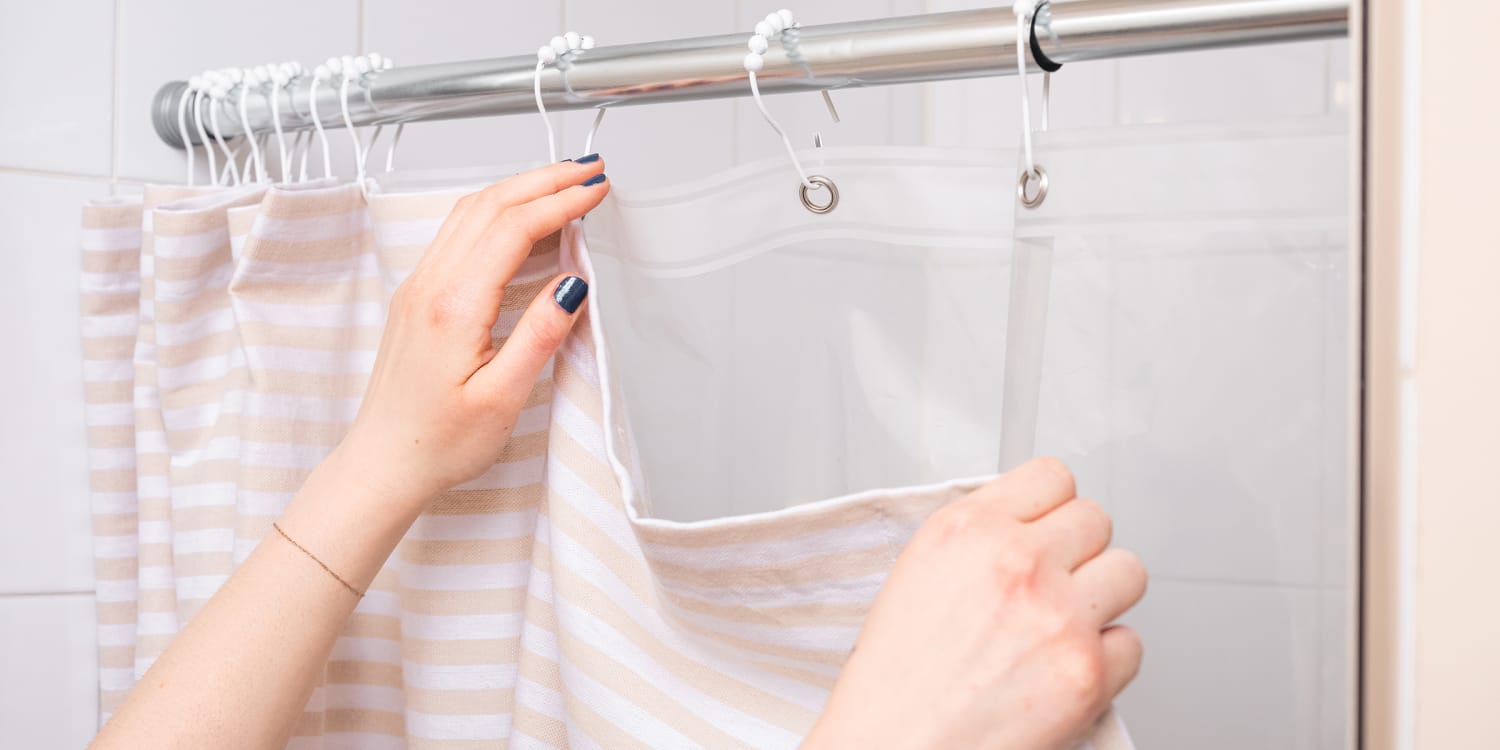
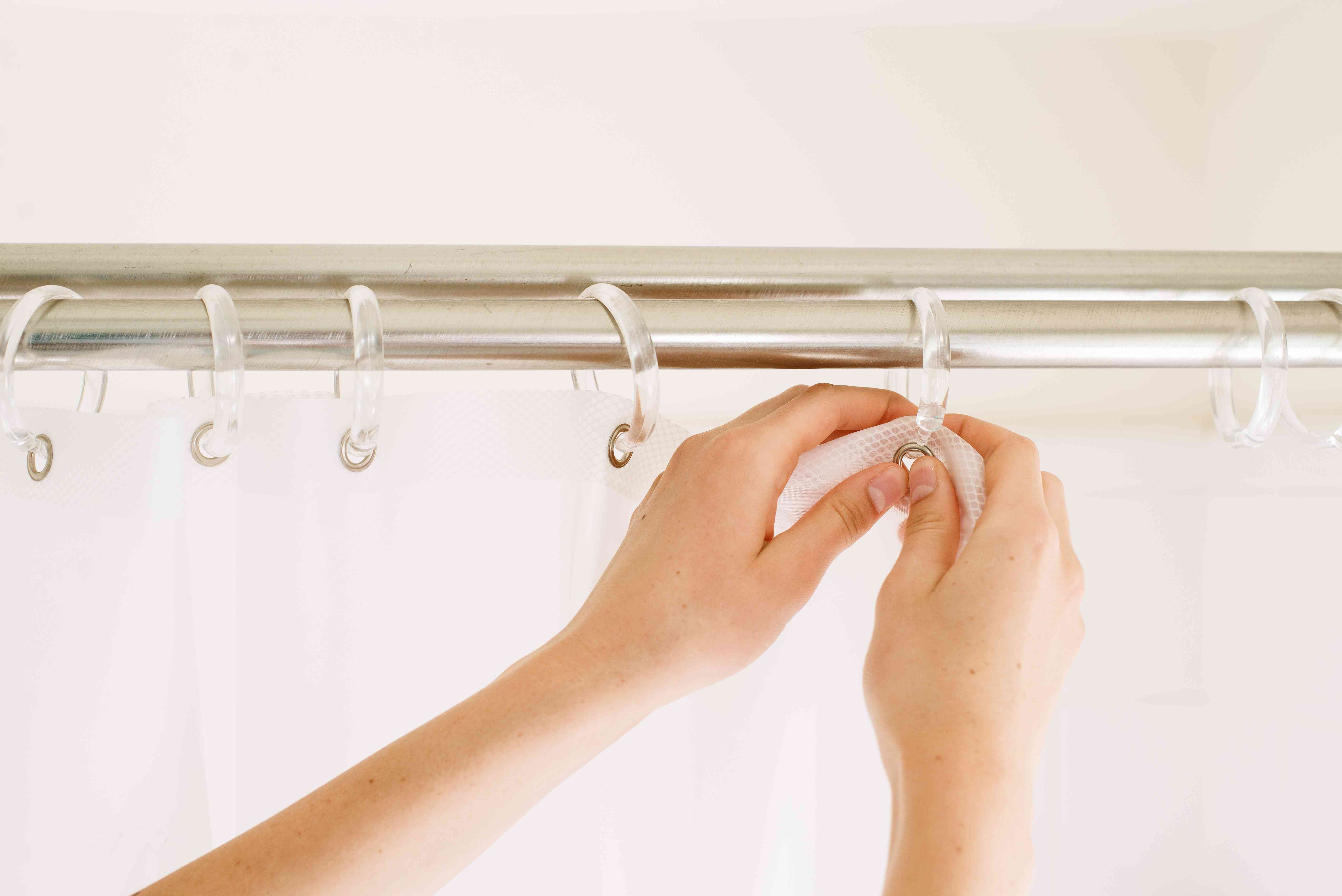










0 thoughts on “How To Clean Your Plastic Shower Curtain”